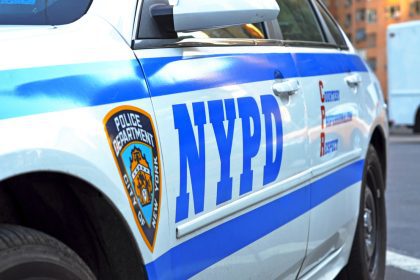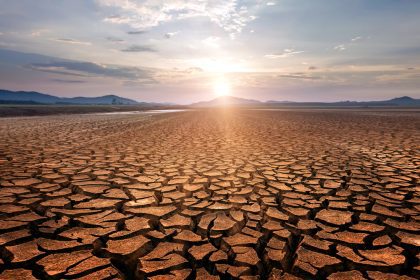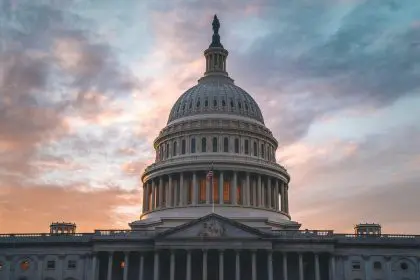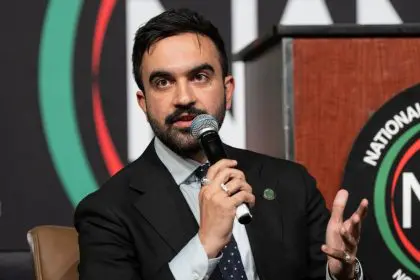 According to recent statistics, roughly 1.6 million children were homeless last year. By homeless, we mean they were living on “the street, in homeless shelters or motels, or doubled up with other families last year.” This is based on a report published by the National Center on Family Homelessness. The sad reality is that many of those children are African American, given that the homeless population is about 50 percent African American.
According to recent statistics, roughly 1.6 million children were homeless last year. By homeless, we mean they were living on “the street, in homeless shelters or motels, or doubled up with other families last year.” This is based on a report published by the National Center on Family Homelessness. The sad reality is that many of those children are African American, given that the homeless population is about 50 percent African American.
On any given night in America, anywhere from 700,000 to 2 million people are homeless, according to estimates of the National Law Center on Homelessness and Poverty, with the fastest-growing group being African American women with children.
These voluminous and expansive rates are frequently contributed to by the large numbers of foreclosures occurring across the nation. Since 2007, the United States has observed a 33 percent increase among homeless children. According to the Institute for Children and Poverty in 2003, many of these children do not attend school regularly and each time a child has to change schools, their education is disrupted. Forty-two percent of homeless children transferred schools at least once, and 51 percent of these students transferred twice or more.
Also, homeless children have poorer health, more emotional problems and low graduation rates, when compared to non-homeless youth. For example, More than 1 in 7 homeless children have moderate to severe health conditions, such as asthma. The report provides an even worse perspective when compared to a Department of Housing and Urban Development study which indicated a 28 percent increase in homeless families from 131,000 in 2007 to 168,000 in 2010.
So although some of us are blessed to have a roof over our heads, let us not forget our blessings and remember the suffering of others. It is as Martin Luther King Jr., stated, “Not only will we have to repent for the sins of bad people; but we also will have to repent for the appalling silence of good people.” –torrance stephens










